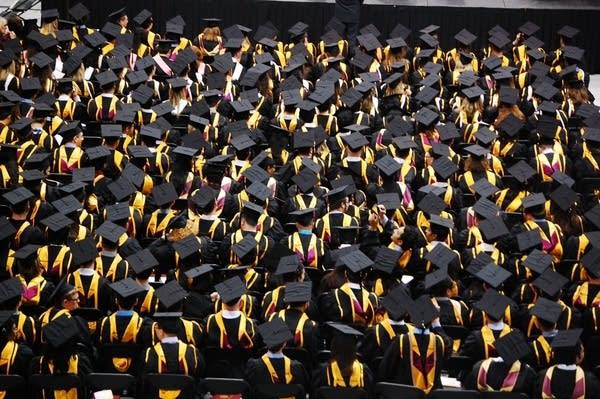Should we lift the crushing burden of student loan debt?

Go Deeper.
Create an account or log in to save stories.
Like this?
Thanks for liking this story! We have added it to a list of your favorite stories.
One of President Joe Biden’s first actions was to extend the suspension of student loan payments until October.
Biden has also supported forgiving up to $10,000 in student loan debt. Some Democrats, including Sen. Elizabeth Warren, have pressed for forgiving even more — up to $50,000 per borrower.
But is broad forgiveness of student loans the best way to get help to borrowers who most need it?
The majority of student debt is owed by people with graduate degrees and people who make relatively high incomes. One analysis found that almost 60 percent of America’s educational debt is owed by households in the top 40 percent of earners, with an annual income of $74,000 or more. Meanwhile, people who default on their loans are more likely to lack a degree, earn low incomes and have attended private for-profit colleges.
Turn Up Your Support
MPR News helps you turn down the noise and build shared understanding. Turn up your support for this public resource and keep trusted journalism accessible to all.
Black borrowers are among those hit the hardest by debt. A study from Brandeis found that 20 years after graduating, the median white borrower had paid off 94 percent of their student debt while the median Black borrower still owed 95 percent of their student debt.
MPR News host Kerri Miller took listener calls and talked to two consumer advocates about the student loan debt crisis.
Guests
Ashley Harrington is the federal advocacy director and a senior counsel at the Center for Responsible Lending.
Seth Frotman is executive director of Student Borrower Protection Center and former student loan ombudsman at the Consumer Protection Agency.
To listen to the full conversation you can use the audio player above.
Subscribe to the MPR News with Kerri Miller podcast on: Apple Podcasts, Google Podcasts, Spotify or RSS.


